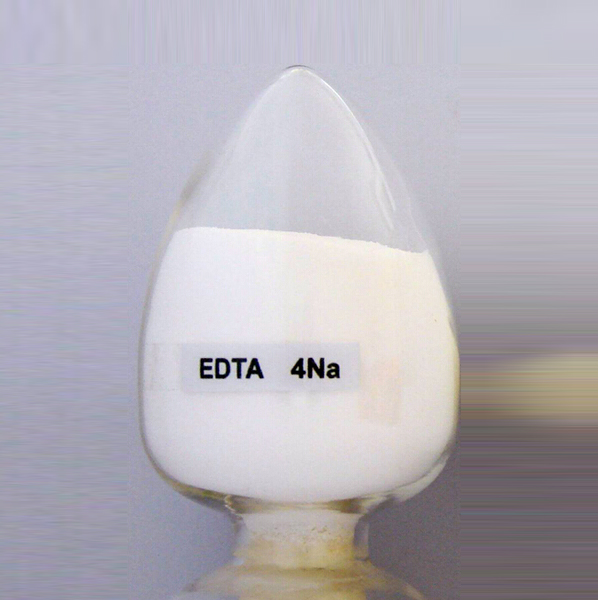
News
Oct . 06, 2024 01:41 Back to list
custom chelating agent rust removal
Custom Chelating Agents for Rust Removal
Rust is an inevitable by-product of metal oxidation, particularly involving iron-based materials when exposed to moisture and oxygen. This process leads to the formation of iron oxides, which not only compromise the structural integrity of metals but also diminish their aesthetic appeal. As industries and consumers seek effective methods for rust removal, the need for efficient and environmentally friendly solutions has become paramount. One promising approach is the use of custom chelating agents.
Understanding Chelating Agents
Chelating agents are organic compounds that can bind to metal ions. They are particularly useful in various applications, including medicine, agriculture, and environmental science. The ability of chelating agents to form stable complexes with metal ions makes them highly effective for rust removal. This occurs because they can dissolve metal oxides and assist in the transformation of insoluble rust into soluble complexes that can be rinsed away.
Custom chelating agents, specifically designed to target and interact with iron oxides, have emerged as a highly effective method for rust removal across different surfaces, from machinery and equipment to household items. These agents can be tailored to enhance their performance based on the specific conditions and materials involved.
The Benefits of Customization
The field of chelation chemistry allows for the customization of agents to create optimal formulations that are suited to particular conditions. For instance, factors such as pH, temperature, the presence of other ions, and the type of substrate all influence the efficacy of rust removal. Custom chelating agents can be formulated to work effectively under specific conditions, ensuring efficient rust removal with minimal side effects.
One of the main advantages of custom chelating agents is their precision. By modifying the molecular structure of the agent, manufacturers can enhance its binding affinity for iron ions, increase its solubility, and lower its environmental impact. This results in a rust remover that is not only effective but also friendly to the surroundings.
custom chelating agent rust removal

Environmental Considerations
As industries strive for sustainability, the environmental impact of rust-removal processes must be considered. Traditional rust removal methods often involve harsh chemicals that can be detrimental to both health and the environment. In contrast, custom chelating agents can be designed to minimize or eliminate the use of toxic substances, making them safer alternatives.
Moreover, using biodegradable chelating agents means the resulting waste products are less likely to contribute to pollution or harm ecosystems. This environmentally conscious approach aligns with an increasing demand for greener solutions in industrial and consumer applications.
Application Across Various Industries
The versatility of custom chelating agents means they can be applied across numerous industries. In the automotive sector, for instance, these agents can be used to clean parts and restore surfaces to their original condition, extending the life of vehicles. In construction and manufacturing, they can be employed to maintain equipment, preventing costly replacements caused by rust damage.
Furthermore, in the DIY and home improvement markets, custom chelating agents offer consumers effective rust removal solutions without the fear of damaging surfaces or harming the environment. Products tailored for specific applications can empower users to tackle rust challenges confidently.
Conclusion
Custom chelating agents represent a significant advancement in rust removal technology, offering effective, precise, and environmentally friendly solutions. As research continues and innovations are made, the potential of these agents will only grow, paving the way for safer and more efficient methods to combat rust. The transition towards custom solutions is not only a step forward for effectiveness but also a commitment to environmental stewardship, reflecting the values of both industries and consumers alike.
-
Polyaspartic Acid Salts in Agricultural Fertilizers: A Sustainable Solution
NewsJul.21,2025
-
OEM Chelating Agent Preservative Supplier & Manufacturer High-Quality Customized Solutions
NewsJul.08,2025
-
OEM Potassium Chelating Agent Manufacturer - Custom Potassium Oxalate & Citrate Solutions
NewsJul.08,2025
-
OEM Pentasodium DTPA Chelating Agent Supplier & Manufacturer High Purity & Cost-Effective Solutions
NewsJul.08,2025
-
High-Efficiency Chelated Trace Elements Fertilizer Bulk Supplier & Manufacturer Quotes
NewsJul.07,2025
-
High Quality K Formation for a Chelating Agent – Reliable Manufacturer & Supplier
NewsJul.07,2025
